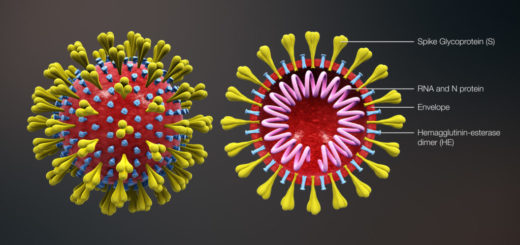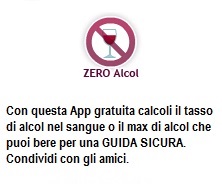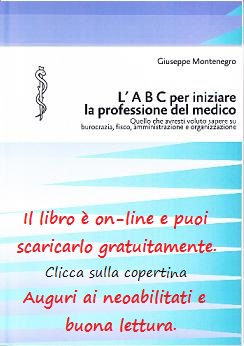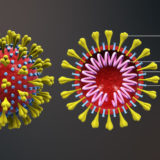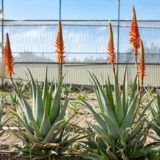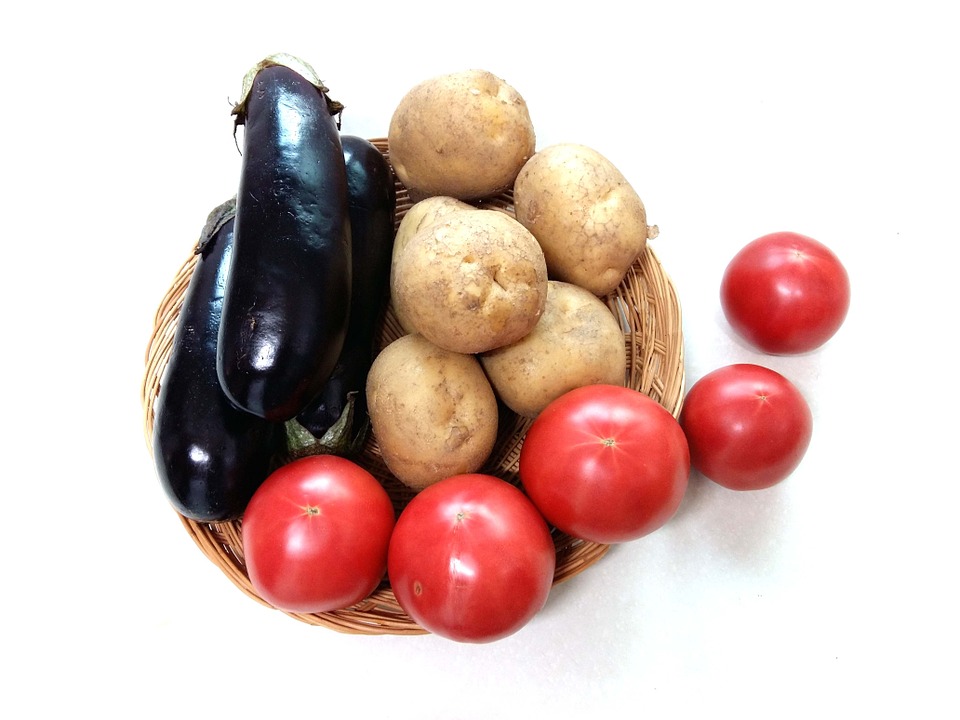Carota, aiuta occhi e pelle
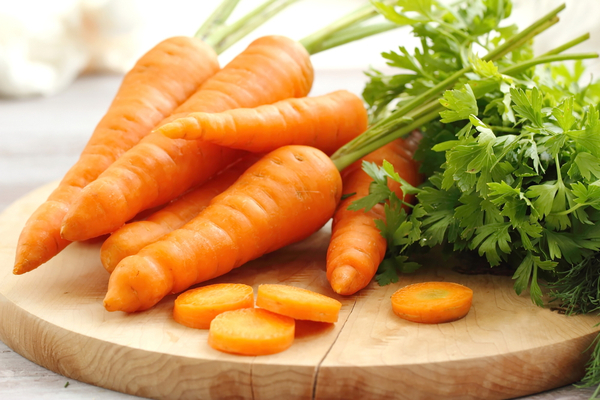
Forse non molti sanno che con una carota di media grandezza si può assumere l’intera dose giornaliera raccomandata di betacarotene (vitamina A). Vediamo di conoscere meglio questo alimento ricco di tante proprietà nutrizionali utili al tuo organismo.
Originarie dell’Oriente, Greci e Romani conoscevano bene le carote utilizzandole sia come alimento che come piante officinali.
La carota, dal greco karotón ma il cui nome scientifico è Daucus carota, è una pianta erbacea biennale della famiglia delle Ombrellifere, stessa famiglia del sedano, e così chiamate per le loro caratteristiche infiorescenze a forma di ombrello.
A partire dal XVII secolo orticoltori olandesi ottennero, attraverso alcuni incroci, le carote come le conosciamo oggi.
Tutte le carote derivano da un’unica specie Daucus carota (varietà selvatiche non idonee al consumo) mentre le cultivar domestiche commestibili sono la sottospecie sativus.
La parte commestibile della carota è la radice a fittone dal colore arancione, ma ci sono varietà di altre colorazioni, che vanno dal rosso al viola scurissimo (il colore originale era proprio il viola).
In Europa, l’Italia è probabilmente l’unico Paese in grado di produrre carote per 12 mesi l’anno. Le principali aree di coltivazione sono l’Emilia Romagna, il Veneto, il Lazio, l’Abruzzo e la Sicilia.
Le carote sono ricche di betacarotene (chiamato anche provitamina A), sostanza appartenente alla famiglia dei carotenoidi, che conferisce all’ortaggio la pigmentazione arancione.
Il nostro organismo, partendo dal betacarotene, sintetizza la vitamina A (retinolo) che interviene nel processo visivo, protegge la retina e aumenta la capacità di visione in condizioni di scarsa illuminazione; inoltre contribuisce a ridurre la sensibilità della pelle quando questa è esposta ai raggi solari. Questo carotenoide è un potente antiossidante che contrastando i radicali liberi svolge azione protettiva sull’organismo.
Oltre al betacarotene, la carota contiene discrete quantità di vitamina C, (acido ascorbico), di vitamine del gruppo B, in particolare B1, B2 e B6. Grazie alla presenza elevata di sali minerali (tra cui sodio, potassio, calcio, ferro, fosforo e zinco), la carota è un efficace rimineralizzante e tonificante. La presenza di abbondante fibra vegetale contribuisce a mantenere la funzionalità intestinale.
La carota, anche se in 100 g. sono contenute 35 calorie, è considerata un ortaggio calorico per la elevata quantità di zuccheri e pertanto il suo consumo da parte dei diabetici deve essere controllato.
Le carote sono buone e sane sia crude sia leggermente cotte. Infatti, mangiarle crude permette di sfruttare tutti i suoi costituenti, ma con la cottura si rende più biodisponibile il betacarotene. Meglio mangiarle condite con olio crudo che permette di assumere meglio il betacarotene perché liposolubile.
Al momento dell’acquisto fare attenzione al grado di freschezza osservando l’attaccatura alla parte fogliare, che deve essere di colore acceso e la buccia che non deve essere opacizzata, priva di macchie. Una volta comprate, le carote vanno consumate entro massimo 5-7 giorni.
Si possono conservare sino a 15 giorni avvolte in una busta di carta nel ripiano basso del frigo.
E’ possibile congelarle, dopo averle lavate e tagliate, sbollentate in acqua, asciugate e conservate in appositi sacchetti a uso alimentare.
Quando pulite le carote evitate di raschiarle usando l’apposito spazzolino per le verdure per eliminare i residui di terra, quindi risciacquate in acqua corrente; ciò permette di preservare il contenuto di betacarotene che si trova nella parte esterna della radice.
Qualche secondo lo meritano le carote baby: che non sono una innovativa varietà ma è il prodotto di un’idea di Mr. Yurosek, un coltivatore di carote californiano che sul finire degli anni ’80 del secolo scorso decise di trasformare un problema (recuperare l’eccessivo scarto di prodotto generato quotidianamente dalla selezione del prodotto) in una opportunità: sagomare e rimodellare gli scarti rendendoli simili a piccole carote di bell’aspetto e pronte al consumo; confezionate in busta, in atmosfera controllata e trattate con agenti di conservazione per evitare che il prodotto si deteriori in brevissimo tempo.

Quest’opera è distribuita con Licenza Creative Commons Attribuzione – Non commerciale – Condividi allo stesso modo 4.0 Internazionale
English version
Carrot, helps eyes and skin
Perhaps not many know that with a medium-sized carrot you can take the full recommended daily dose of beta-carotene (vitamin A). Let’s get to know better this food rich in many nutritional properties useful for your body.
Originally from the East, Greeks and Romans knew carrots well, using them both as food and as medicinal plants.
Carrot, from the Greek karotón but whose scientific name is Daucus carota, is a biennial herbaceous plant of the Umbelliferae family, same family as celery, and so named for their characteristic umbrella-shaped inflorescences.
Starting from the 17th century Dutch horticulturists obtained, through some crosses, carrots as we know them today.
All carrots derive from a single Daucus carota species (wild varieties not suitable for consumption) while the edible domestic cultivars are the sativus subspecies.
The edible part of the carrot is the taproot root with an orange color, but there are varieties of other colors, ranging from red to very dark purple (the original color was purple).
In Europe, Italy is probably the only country capable of producing carrots for 12 months a year. The main cultivation areas are Emilia Romagna, Veneto, Lazio, Abruzzo and Sicily.
Carrots are rich in beta-carotene (also called provitamin A), a substance belonging to the carotenoid family, which gives the vegetable its orange pigmentation.
Our body, starting from beta-carotene, synthesizes vitamin A (retinol) which intervenes in the visual process, protects the retina and increases the ability to see in low light conditions; it also helps to reduce the sensitivity of the skin when it is exposed to sunlight. This carotenoid is a powerful antioxidant which, by counteracting free radicals, carries out a protective action on the body.
In addition to beta-carotene, carrots contain a fair amount of vitamin C (ascorbic acid), vitamins of group B, in particular B1, B2 and B6. Thanks to the high presence of mineral salts (including sodium, potassium, calcium, iron, phosphorus and zinc), the carrot is an effective remineralizer and tonic. The presence of abundant vegetable fiber helps to maintain intestinal function.
The carrot, even if in 100 g. 35 calories are contained, it is considered a caloric vegetable due to the high quantity of sugars and therefore its consumption by diabetics must be controlled.
Carrots are good and healthy both raw and lightly cooked. In fact, eating them raw allows you to take advantage of all its constituents, but with cooking the beta-carotene becomes more bioavailable. Better to eat them seasoned with raw oil that allows you to take better beta-carotene because it is fat-soluble.
When buying, pay attention to the degree of freshness by observing the attachment to the leaf part, which must be bright in color and the skin that must not be opacified, free of spots. Once bought, carrots should be consumed within a maximum of 5-7 days.
They can be stored for up to 15 days wrapped in a paper bag in the lower shelf of the fridge.
It is possible to freeze them, after having washed and cut them, blanched in water, dried and stored in special bags for food use.
When cleaning carrots, avoid scraping them using the special brush for vegetables to remove soil residues, then rinse in running water; this allows to preserve the beta-carotene content found in the external part of the root.
Baby carrots deserve a few seconds: they are not an innovative variety but are the product of an idea of Mr. Yurosek, a Californian carrot grower who at the end of the 80s of the last century decided to transform a problem (recover the excessive product waste generated daily by product selection) in one opportunity: shape and reshape the waste making it similar to small, good-looking and ready-to-eat carrots; packaged in bags, in a controlled atmosphere and treated with preservation agents to prevent the product from deteriorating in a very short time.




